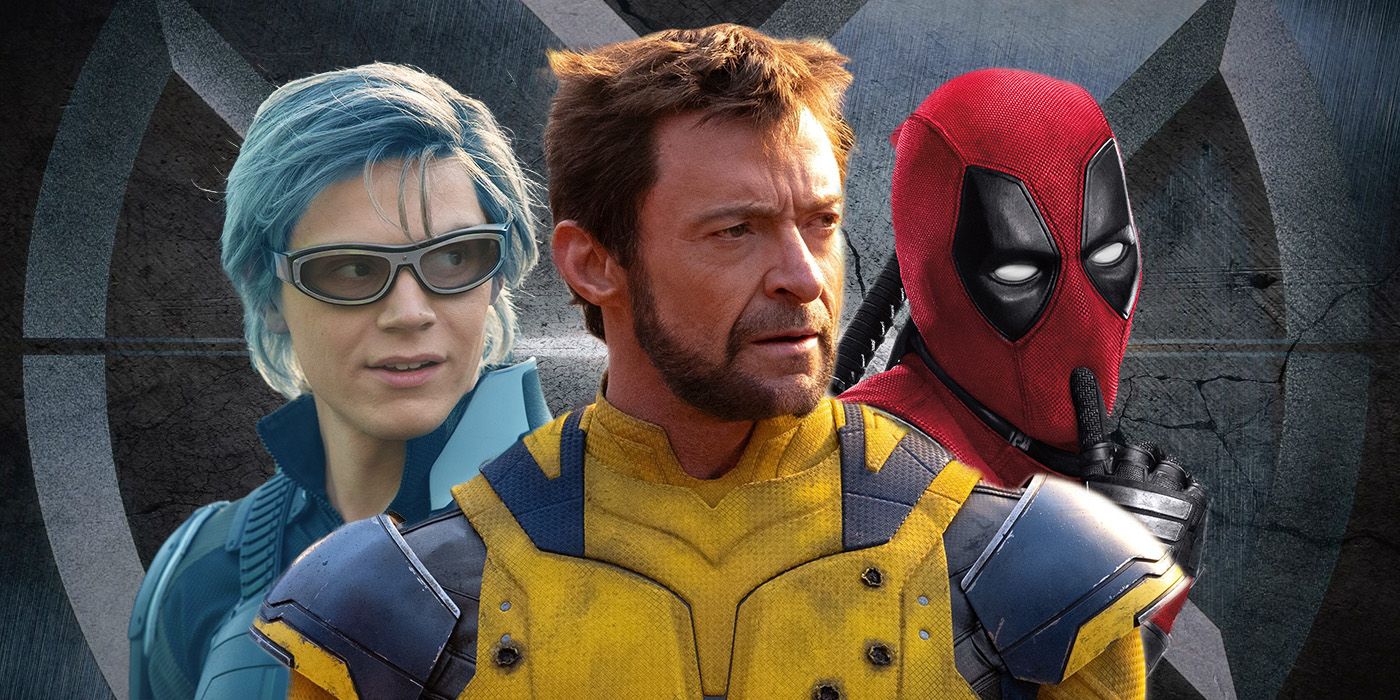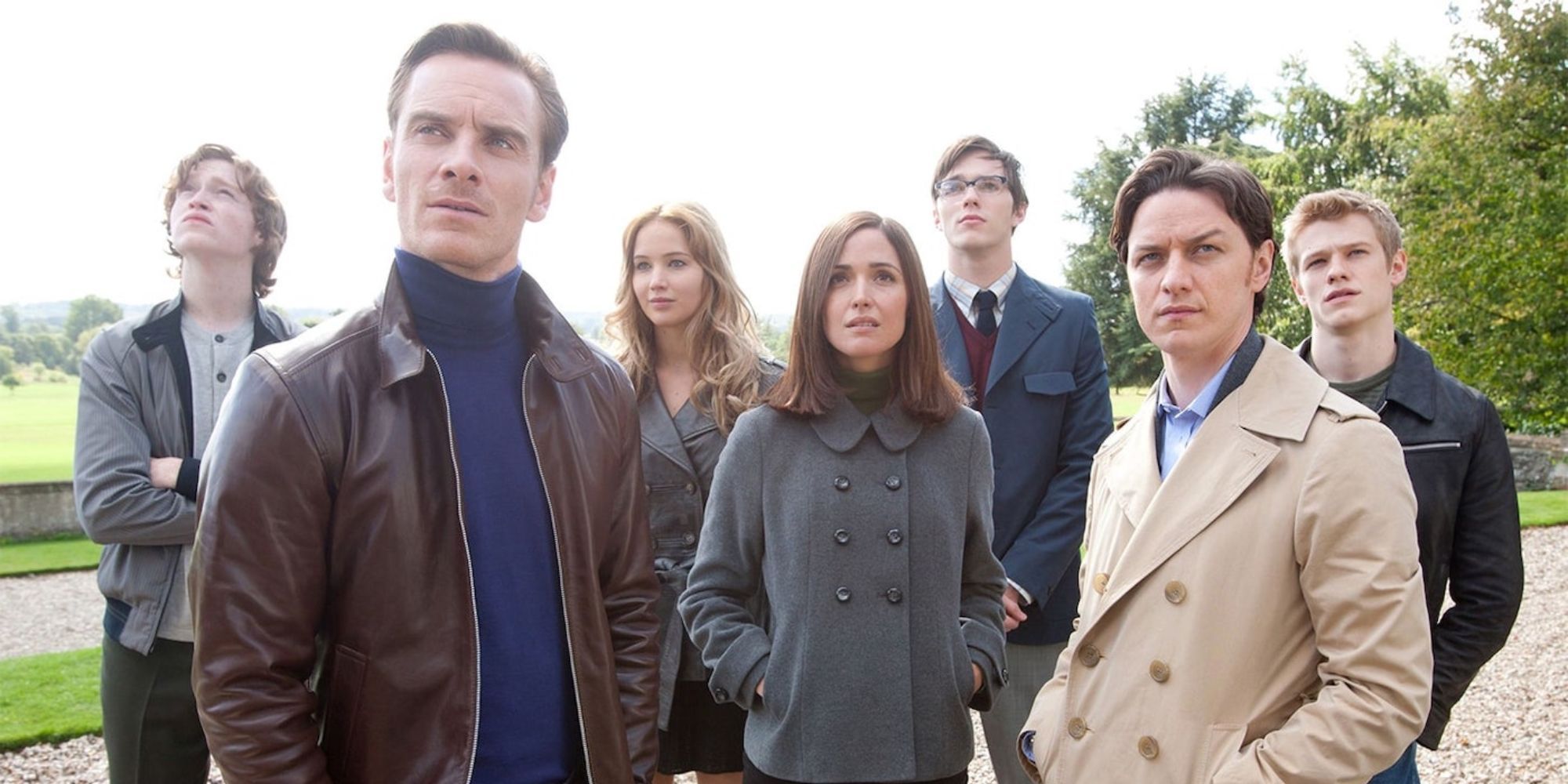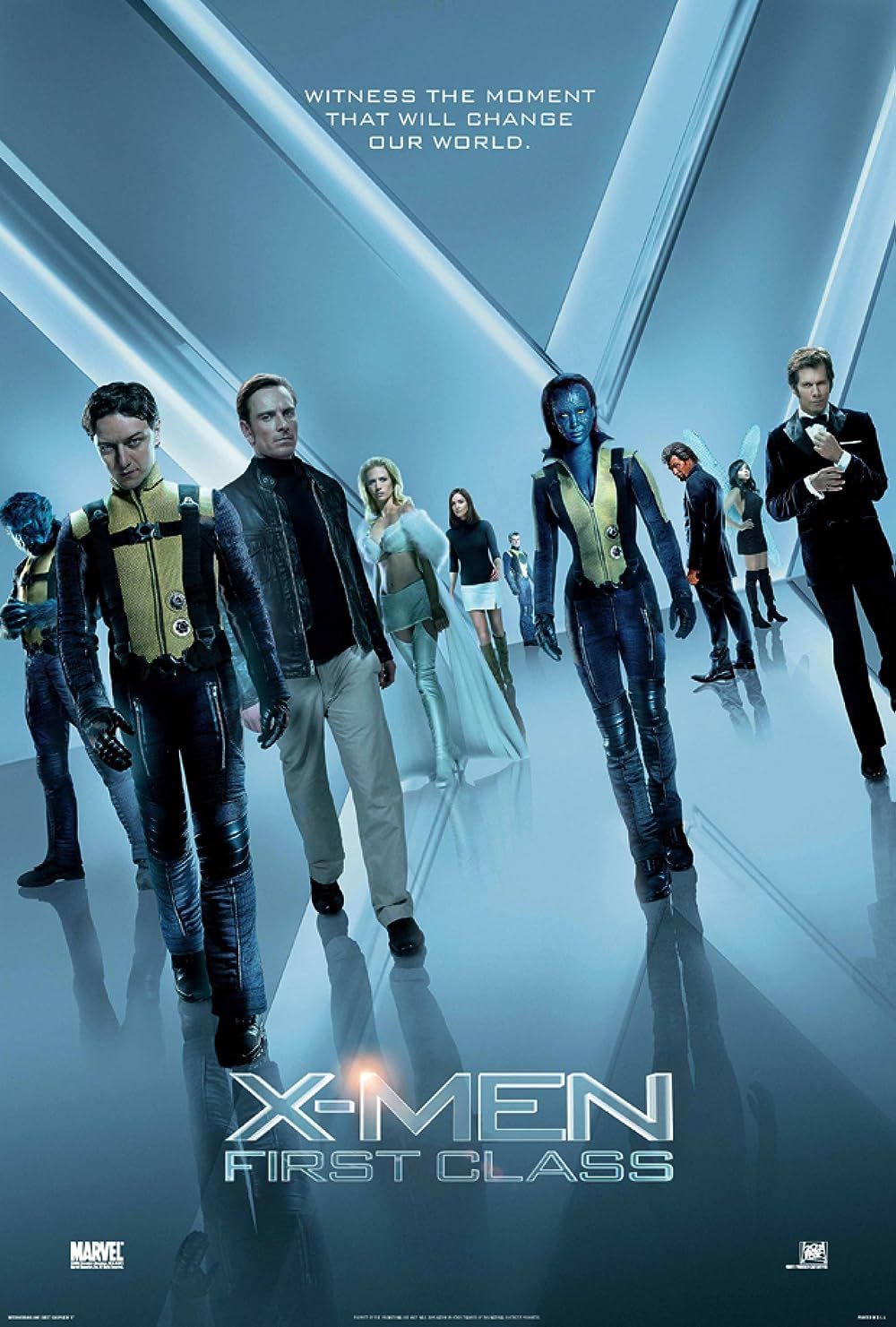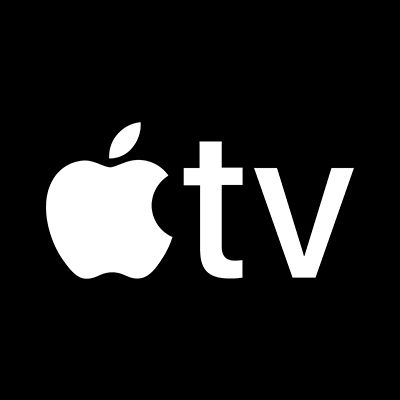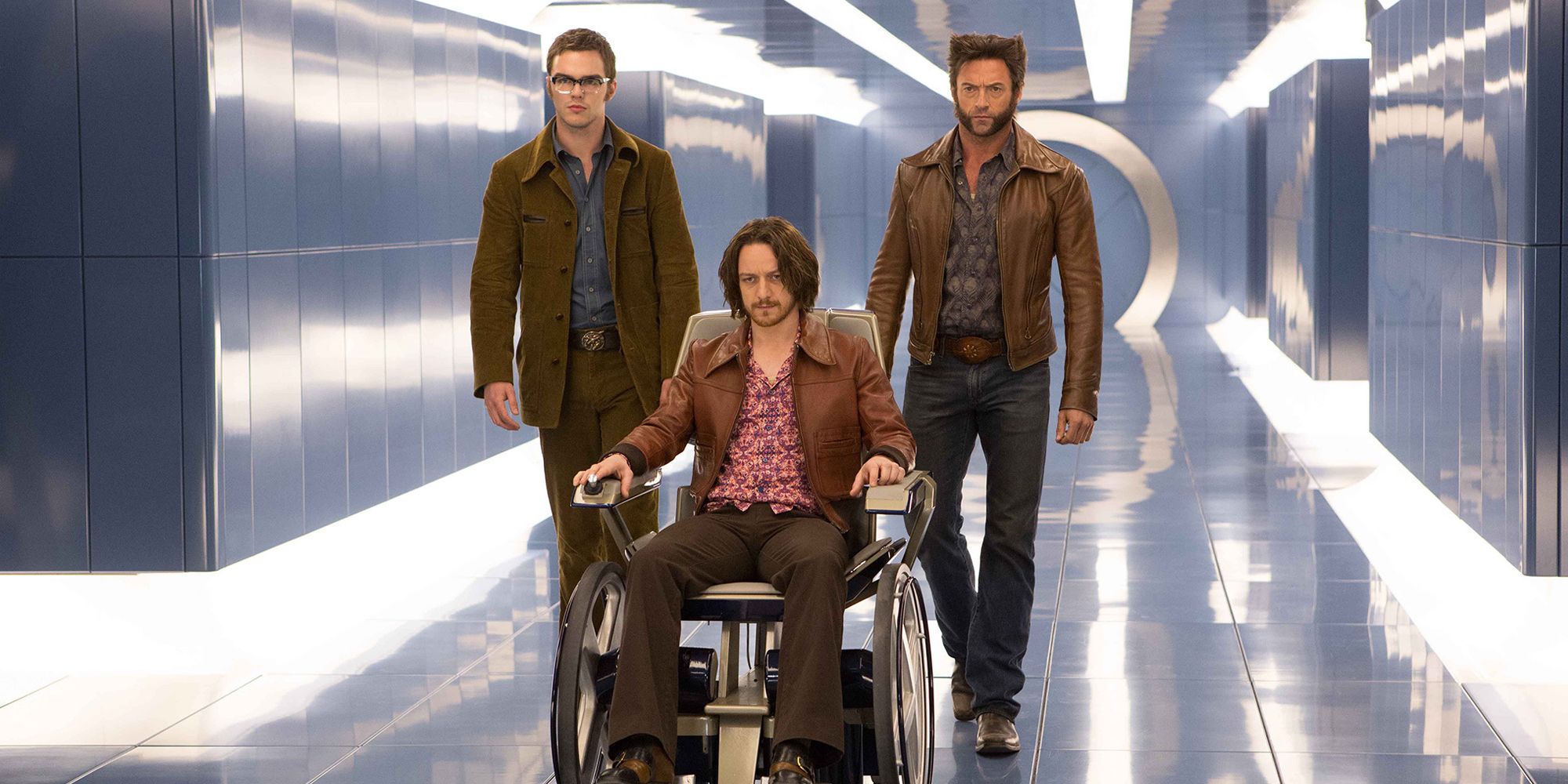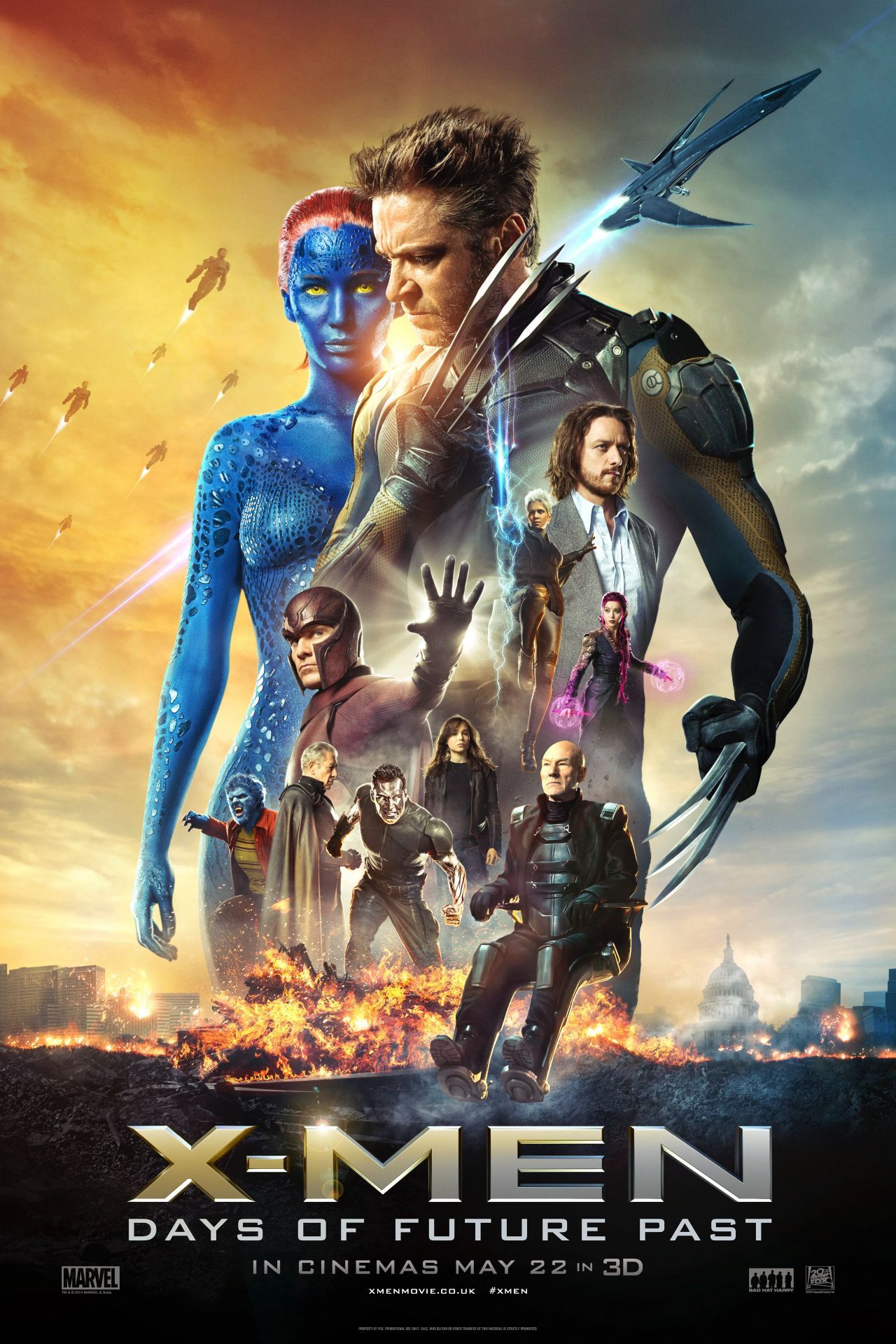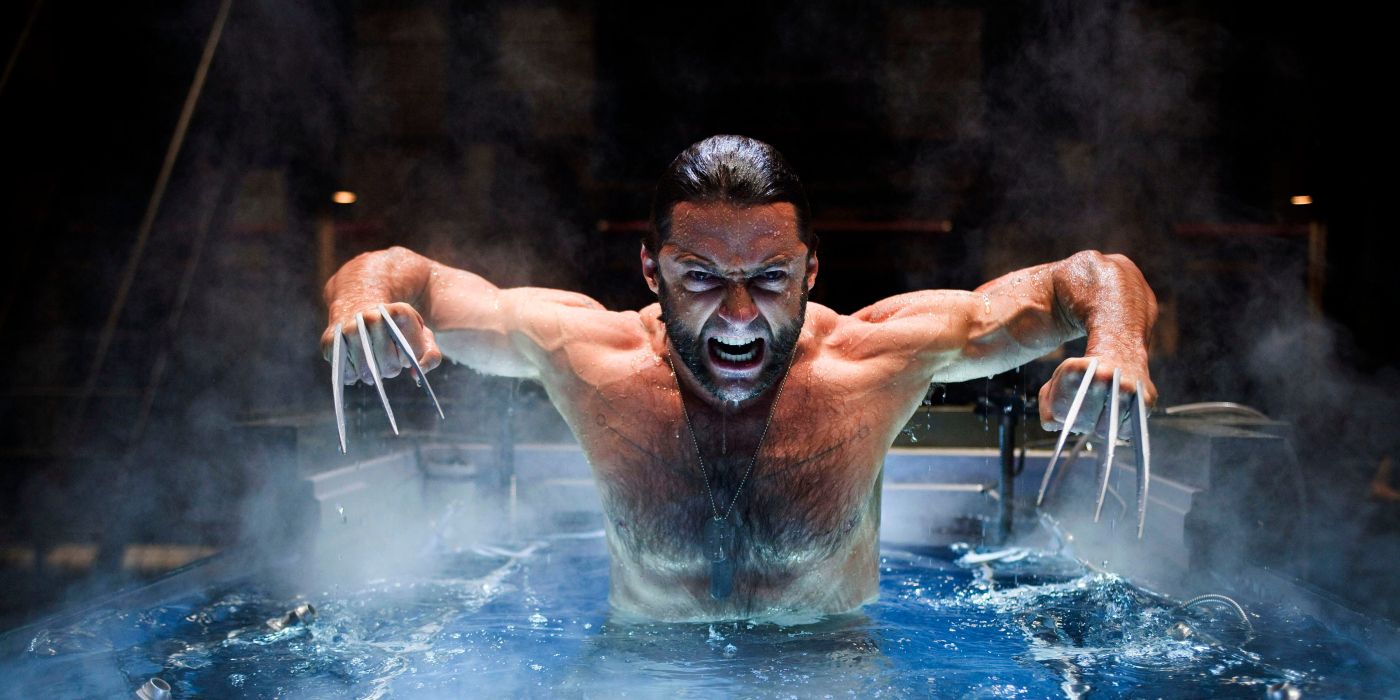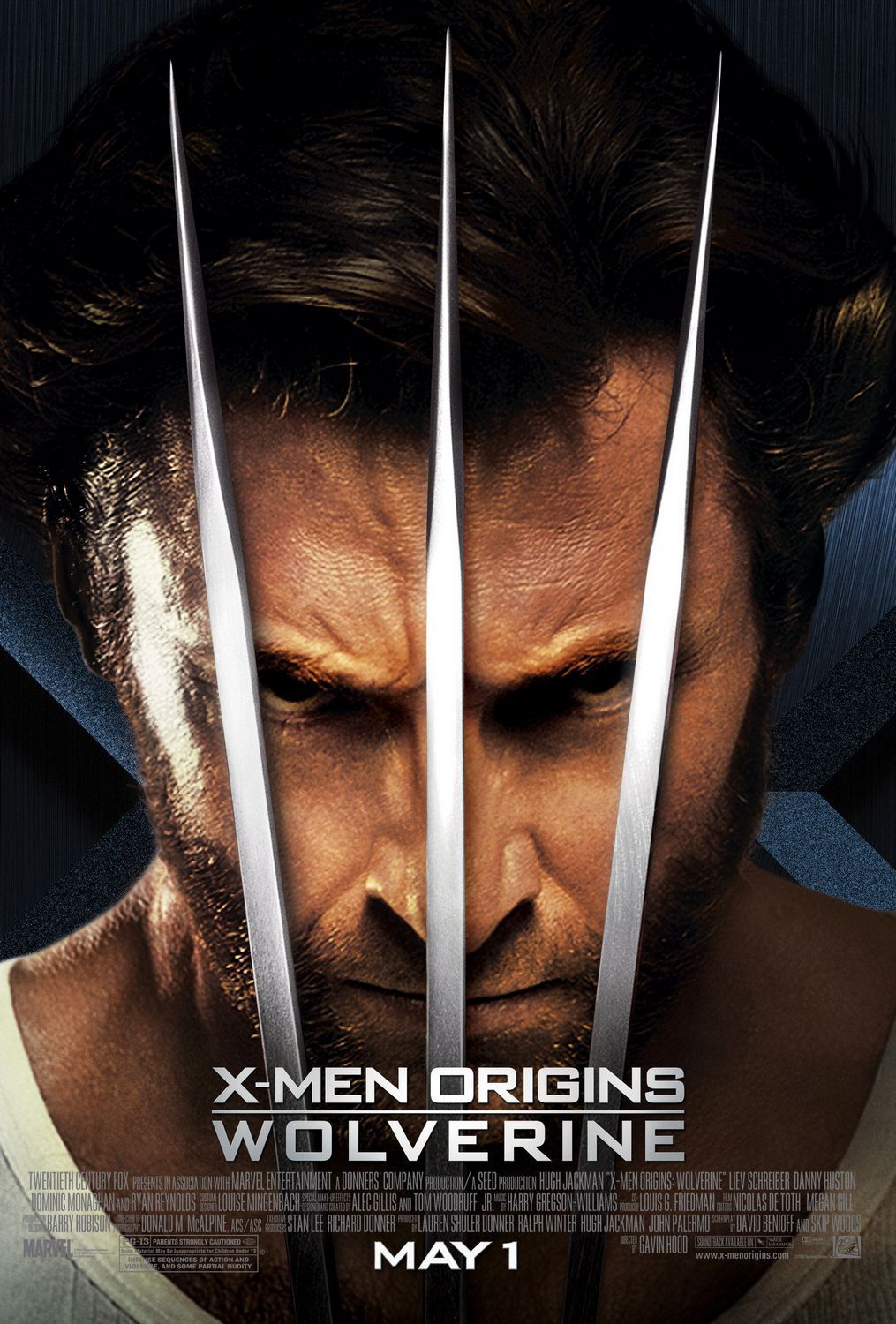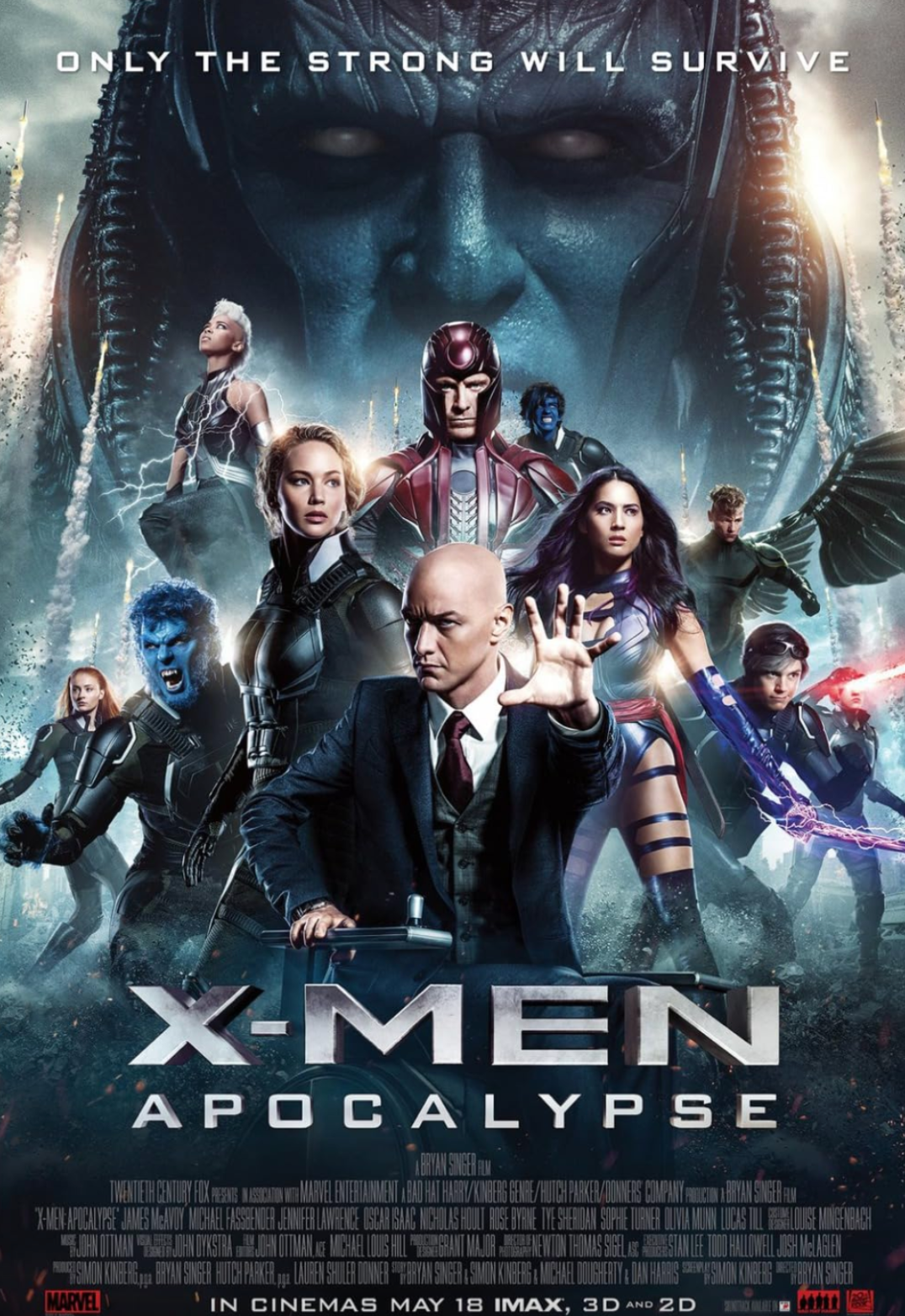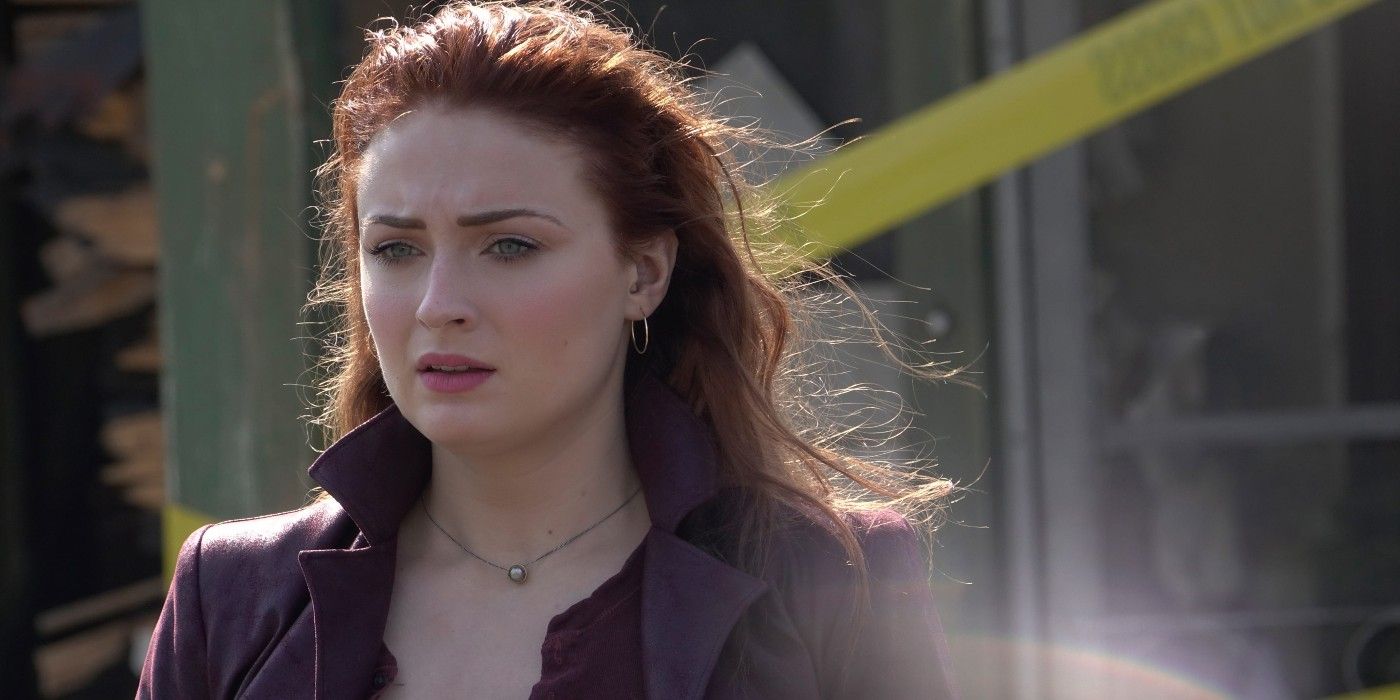The Big Picture
- The X-Men franchise helped shape the superhero movie genre, with a cultural prominence that shows no signs of slowing down with the upcoming release of Deadpool & Wolverine.
- The X-Men movies are complicated due to their semi-reboots, spin-offs, and prequels, allowing different ways to watch the franchise.
- Watching the X-Men movies in release order or chronological order offers a unique twist on the franchise's timelines.
Few franchises have been as integral to the evolution of the superhero movie genre as X-Men, which helped usher in a new era of comic book movies alongside films like Blade and Spider-Man. The X-Men's cultural prominence has only continued with shows like Disney+'s X-Men '97, a revival of Fox's 1990s cartoon X-Men: The Animated Series, and shows no signs of slowing down. In July, Ryan Reynolds' heavily anticipated Deadpool & Wolverine hits theaters, and Reynolds' third time behind the mask also marks Hugh Jackman reprising his career-making role as Wolverine for the first time in seven years.
With 2000’s X-Men, the comic book series was adapted as a story about humanity first and foremost, drawing parallels to the civil rights movement and the struggle of minorities everywhere. That combination of human drama and high-flying spectacle made X-Men wildly popular, spawning a franchise of films diverse in tone, cast, and, of course, time period. Indeed, the X-Men movies are not just fun, they’re complicated. Unraveling the X-Men timeline is a bit of a challenge due to the franchise’s malleability over the years – semi-reboots, prequels and spin-offs all kept the series fresh, but complicated its continuity. So if you’re looking to watch the X-Men movies but unsure which order to go in, we’ve put together a handy guide to your two best viewing options – chronological order of events within the films, or simply arranged by the order in which they were made. Both methods have their merits, but the chronological order offers up a bit of a unique twist on things, as the order in which events occur doesn’t always correspond to when each film was made. Here’s how to watch the X-Men movies in order.
X-Men Movies in Order of Release
X-Men – July 14, 2000
X2 – May 2, 2003
X-Men: The Last Stand – May 26, 2006
X-Men Origins: Wolverine – May 1, 2009
X-Men: First Class – June 3, 2011
The Wolverine – July 26, 2013
X-Men: Days of Future Past – May 23, 2014
Deadpool – February 12, 2016
X-Men: Apocalypse – May 27, 2016
Logan – March 3, 2017
Deadpool 2 – May 18, 2018
Dark Phoenix – June 7, 2019
The New Mutants – August 28, 2020
Doctor Strange in the Multiverse of Madness – May 6, 2022
Deadpool & Wolverine – July 26, 2024
X-Men Movies in Chronological Order
X-Men: First Class
Directed by Matthew Vaughn
This prequel is the earliest-set X-Men movie in the cinematic universe, with most of the action taking place in the year 1962. X-Men: First Class follows a young Charles Xavier (James McAvoy), who teams up with a young Erik Lensherr (Michael Fassbender) to track down a former Nazi mutant scientist (Kevin Bacon). The film is set against the backdrop of the Cuban Missile Crisis, and features other, younger versions of iconic mutants like Mystique (Jennifer Lawrence) and Beast (Nicholas Hoult) as the group teams up to stave off a nuclear war.
X-Men: Days of Future Past
Directed by Bryan Singer
This is a tricky one. So, technically, most of the action in X-Men: Days of Future Past takes place in the year 1973, but it’s also a future-set movie that simultaneously takes place in the year 2023. Future Wolverine has his consciousness sent back to his 1973 self, so he can prevent Bolivar Trask (Peter Dinklage) from using Mystique’s blood to create indestructible Sentinels in the future. As if that wasn’t confusing enough, by the end of the movie, the future Wolverine successfully changes the past, potentially erasing the entire 2023 timeline we just witnessed as well as all the events that happened in X-Men, X2, and X-Men: The Last Stand. Moving forward from 1973, there is a new path forward for the mutants that may be slightly different from the one they previously traveled. As filmmaker Bryan Singer explained:
“Part of the philosophy we had at the end of Days of Future Past is that you can’t fully change the course or current of the river, but you can just divert it a little bit, and we diverted it a little bit… Any possibility could occur, but characters are still moving towards their immutable place.”
So you have two options when it comes to watching Days of Future Past — either watch it second for the 1973 setting, or watch it last as a finale that kind of undoes the entire timeline and concludes with a “New Future” where the adult Professor X and Jean Grey are still alive.
X-Men Origins: Wolverine
Directed by Gavin Hood
The first-ever X-Men spin-off movie was the much-maligned X-Men Origins: Wolverine, which ostensibly tells the origin story of Hugh Jackman’s Wolverine/Logan. The story begins all the way back in 1845, when a young Logan's (whose name was actually James Howlett) powers first manifest, and he joins his first team of mutants, including Wade Wilson, who would eventually become Weapon XI/Deadpool. This Wade Wilson is still played by Ryan Reynolds, but he is a separate iteration of the character from that we have come to know in the Deadpool films — this Wade Wilson is actually killed by Deadpool's version of Deadpool in a mid-credits scene for Deadpool 2... get it?
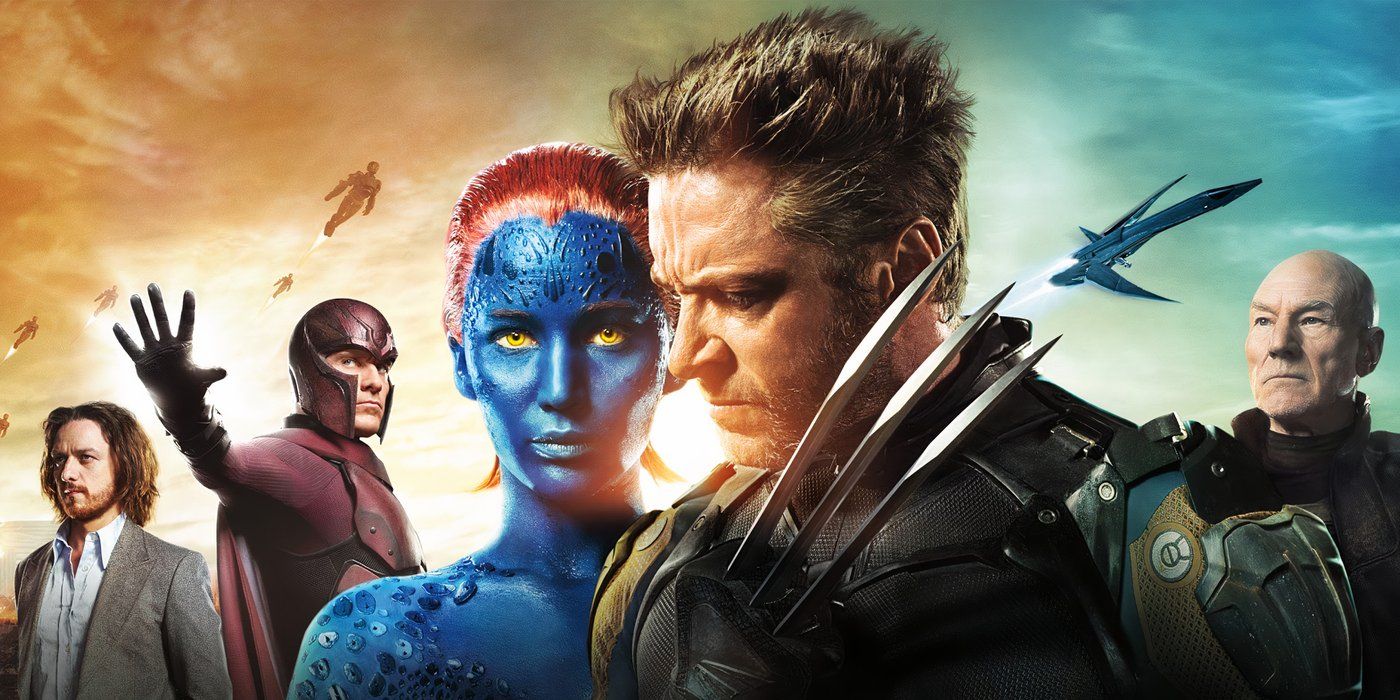
You'll Never Believe How Different 'X-Men: Days of Future Past' Could've Been
One of the best X-Men movies underwent massive shifts during development.
While Logan's iconic claws are shown to originally be made of his bone, in this film, his skeleton is reinforced with adamantium in order to make him even more powerful. X-Men Origins: Wolverine offers valuable insight into Logan's backstory, but the film largely takes place in the year 1979 and reveals how Logan lost his memory.
X-Men: Apocalypse
Directed by Bryan Singer
So this “prequel” most closely follows the events of X-Men: First Class and the 1970s stuff in Days of Future Past. X-Men: Apocalypse is set in the year 1983 and finds the young adult versions of the X-Men — including Alexandra Shipp's Storm and Sophie Turner's Jean Grey — battling the world-ending (and centuries-old) villain, Apocalypse (Oscar Isaac). While it's widely considered to be one of the weakest installments in the X-Men franchise, Isaac's performance and Jean's backstory make it a movie worth watching.
Dark Phoenix
Directed by Simon Kinberg
The last film to feature the “young” X-Men cast is X-Men: Dark Phoenix, which takes place in the year 1992 and adapts the iconic Dark Phoenix comics storyline. By the end of the film, Jean Grey (again played by Sophie Turner) has transformed into a Phoenix, which somewhat muddles how this film connects to the next film (the first X-Men movie) chronologically.



